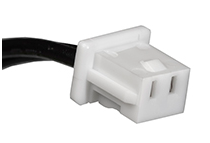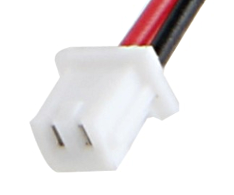Good to hear that these ‘JST 1.25mm’ connectors do fit.

Molex PicoBlade 1.25mm

‘JST 1.25mm’
I have added a link for ‘JST 1.25mm’ cable assemblies in the Bargain Basement: The BARGAIN basement part 3
Good to hear that these ‘JST 1.25mm’ connectors do fit.

Molex PicoBlade 1.25mm

‘JST 1.25mm’
I have added a link for ‘JST 1.25mm’ cable assemblies in the Bargain Basement: The BARGAIN basement part 3